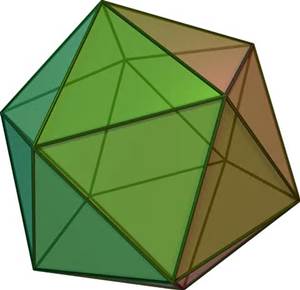Method development
As part of my studies on whole stream metabolism, I need to estimate the mean travel time (average velocity) of the water. In small streams this is best done with a slug injection of a conservative tracer. I have generally used sodium chloride (kitchen salt) and monitored electric conductivity (every 1-10 seconds) at the top and bottom of a river reach downstream of a mixing zone. The resulting conductivity curves can then be used to derive hydraulic parameters. This is not a trivial exercise.
Russ Manson (Stockton University, USA) and Steve Wallis (Heriot-Watt University, Scotland) have made all the computational developments using their own software (DISCUS). All my work on linking hydraulics to ecosystem metabolism and nutrient cycling is down to their efforts in solving numerically the advection-dispersion equation with transient storage.
Hydrology and transient storage
We showed that transient storage decreased relative to channel cross section with increasing discharge (Manson et al 2010).
Whole stream metabolism and transient storage
In Iceland, we showed that whole stream respiration was best predicted from temperature and the additional effect of water transient storage (Demars et al 2011 Knowledge & Management of Aquatic Ecosystems).
Nutrient cycling and transient storage
I am now linking nutrient cycling studies with transient storage as part of the Turf2Surf NERC project in collaboration with Russ Manson and Joshua Thompson (Smithsonian Environmental Research Centre, USA).
